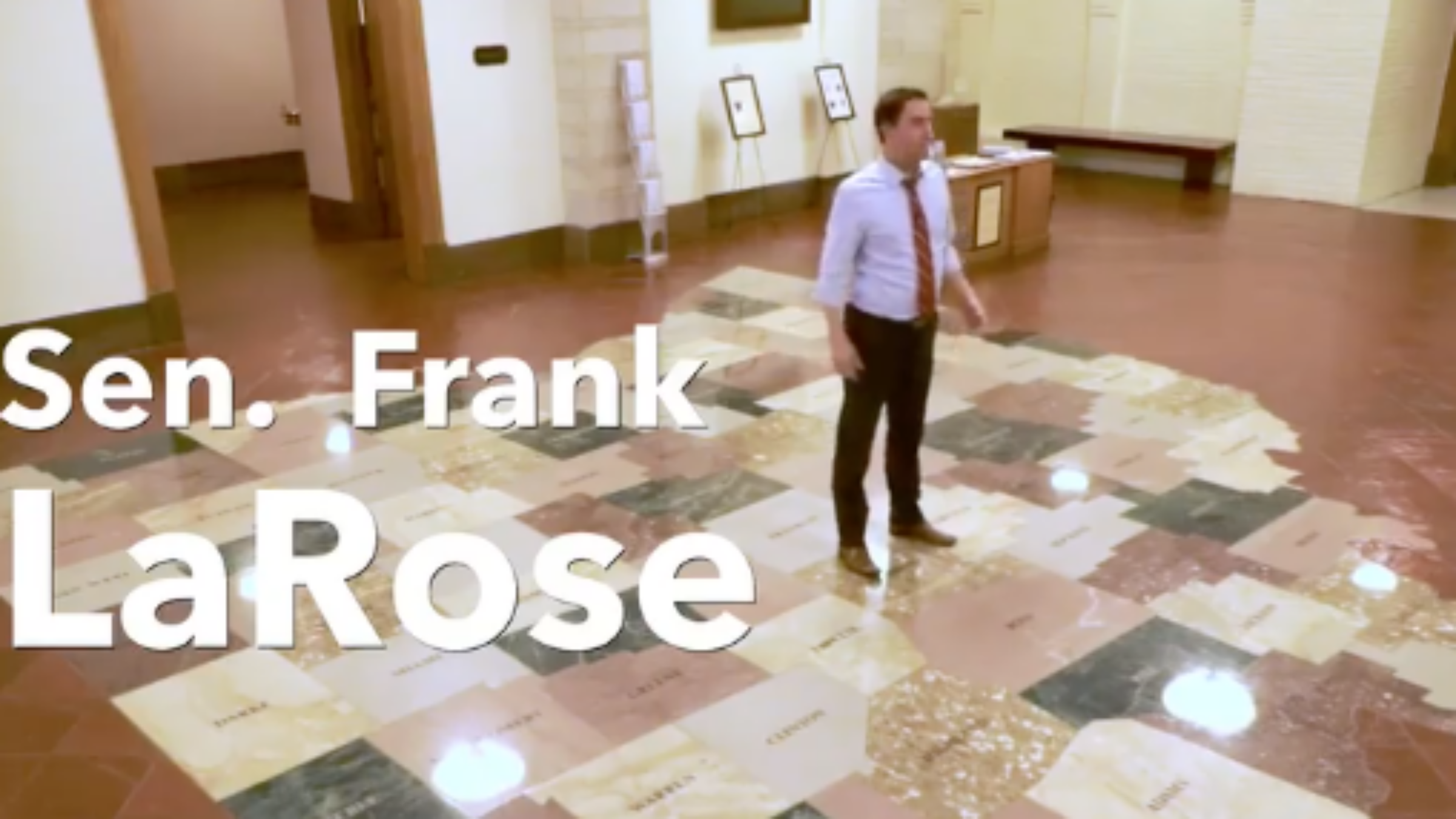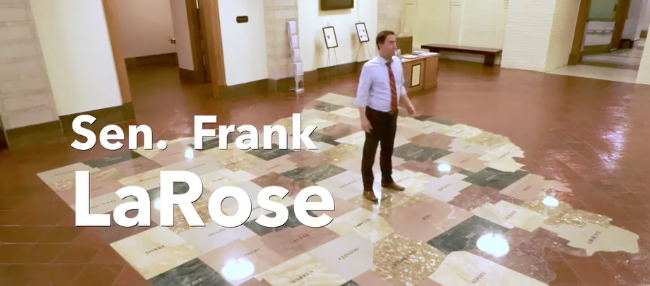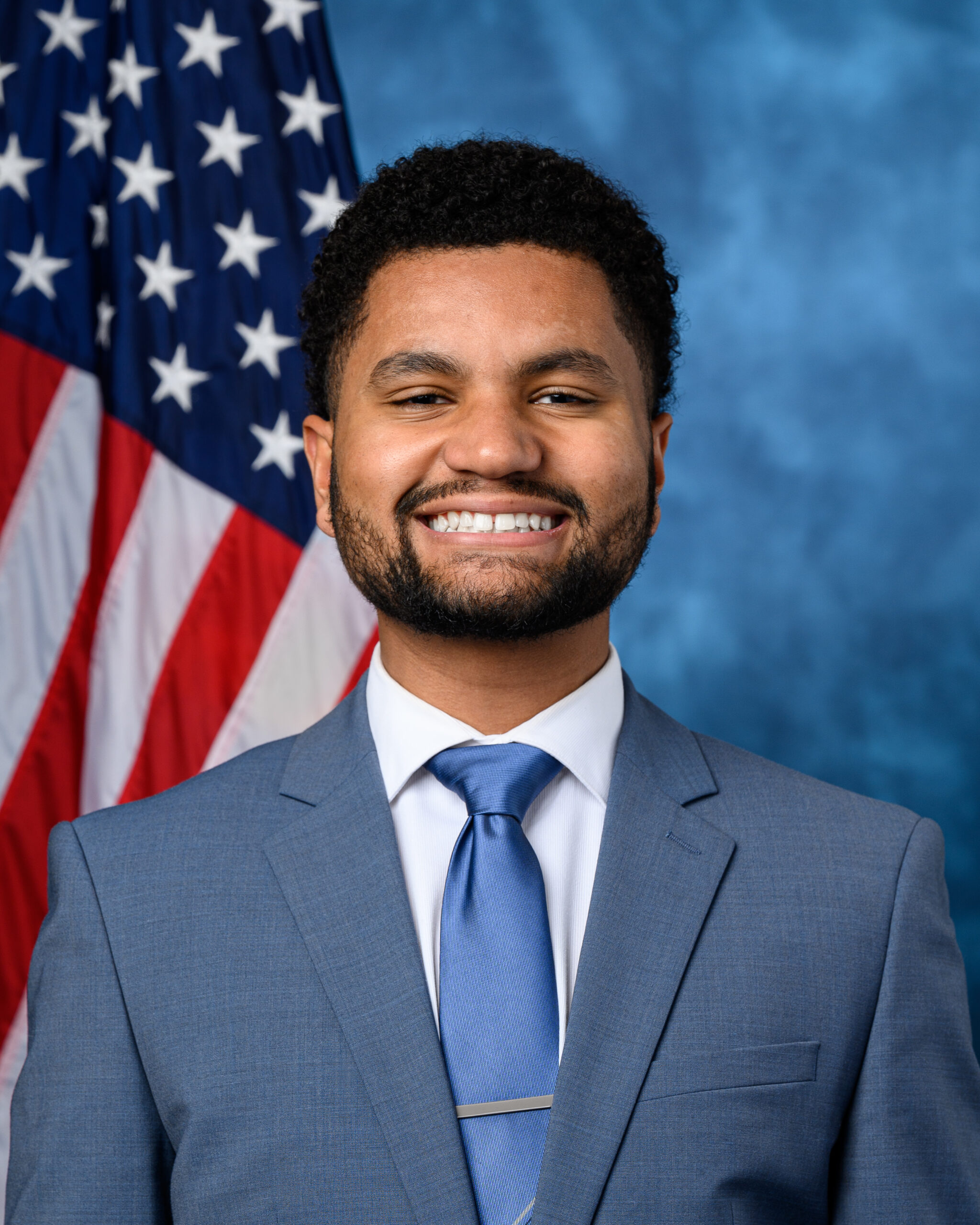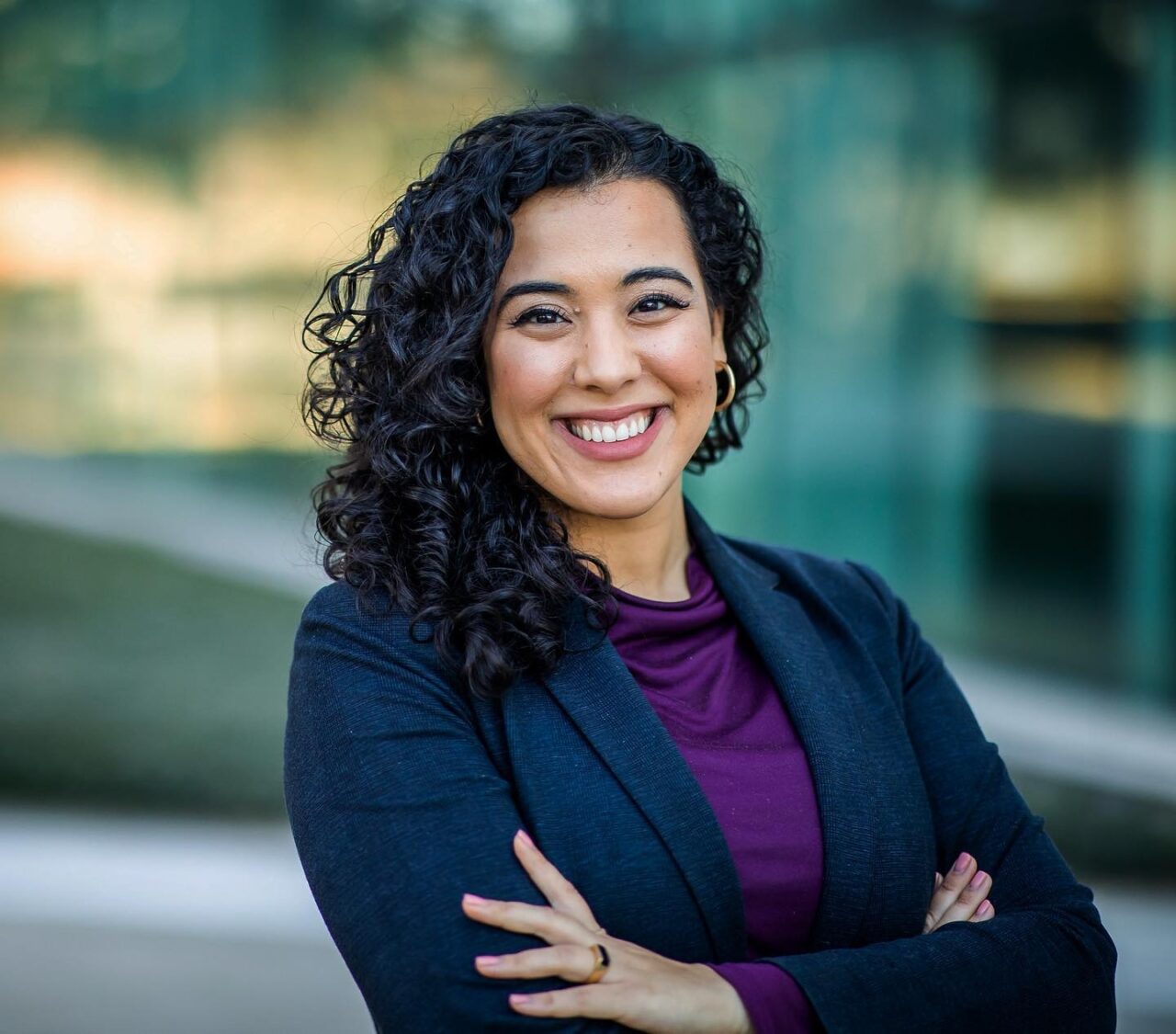Millennials Taking Action: A Bipartisan Redistricting Success Story in Ohio
May 9, 2018

By Abigail Ulman
Throughout his eight year tenure in Ohio’s state legislature, Ohio Future Caucus Co-Chair Senator Frank LaRose (R-27) has been leading redistricting reform in one of America’s most gerrymandered states.
What’s more: Senator LaRose’s own party has benefited from the manipulated system. Yet, Senator LaRose felt compelled to lead the reform because of his belief in competition: winning because it’s the will of the voters, not because a party drew districts to its own benefit.

For decades, the power to create congressional and legislative maps rested with the state legislature and required only a simple majority to pass, ensuring that the Republican-controlled General Assembly held on to their majority. Because of this process, big cities like Cincinnati and Columbus were split apart, dividing communities in obscure ways. This also meant that since 2011, Republicans have controlled 75 percent of Ohio’s congressional seats despite getting only 56 percent of the vote, frustrating voters across the political spectrum.
A Republican himself, LaRose saw the need to respond to voters’ concerns, so he gathered a bipartisan group of legislators to fix the broken system.
In the new proposal, a map drawn by Ohio’s General Assembly first requires the approval of three-fifths of the members of each chamber, with at least half of the minority party’s support. If this threshold is not reached, the map is given to a bipartisan commission composed of the governor, secretary of state, state auditor, two members from both the House and Senate, one of which from the minority party. This new map also requires a three-fifths vote in each chamber, with a one-third vote from the minority party. If a consensus is not reached after that point, the map can be passed by a simple majority but has strict restrictions and a time limit.
The measure looked doomed to fail in the legislature multiple times due to conflicting proposals from Democrats and Republicans, but LaRose remained committed to bipartisan input— and a review of Democratic amendments — and kept the reform alive.
In February, his dedication to coalescing people around this deeply divisive issue paid off. Ohio’s legislature came together to unanimously approve Senate Joint Resolution 5, which takes the process of redistricting out of the hands of the majority in the legislature and allows the voices of voters to be represented.

The measure was placed in the hands of voters this week and was overwhelmingly approved with 75% of the vote, putting an end to the state’s partisan gerrymandering.
Recently, LaRose shared his leadership on this reform with fellow Democracy Reform Task Force members, a bipartisan group of legislators from across the country that meets monthly to discuss ways to make democracy more accessible and transparent to citizens. This sparked a broader conversation amongst the Task Force on ways similar reform can cross-pollinate and be implemented across the nation. The eagerness to put voters over party by reaching across the aisle is ushering in a new era of bipartisan democracy reform.
LaRose’s accomplishment isn’t just a victory for Ohio: it’s a victory for the next generation of American leadership, whose ability to build bridges across the aisle continues to solve our nation’s deepest, most divisive issues.






Join 1,900+ BIPARTISAN LEADERS NATIONWIDE
Be a part of a network of lawmakers committed to governing effectively, passing more representative public policy, and increasing public trust in democracy.